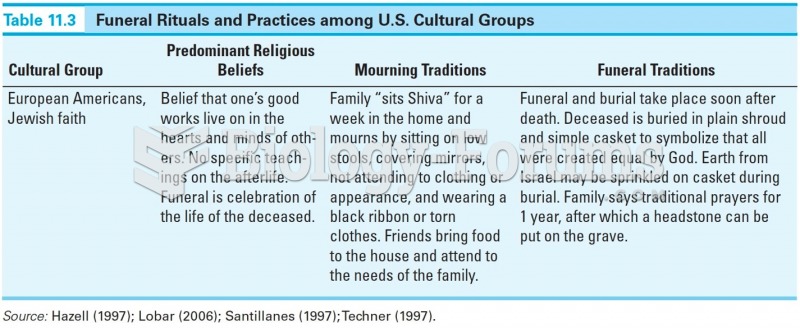Answer to Question 1
People of Jewish faith from Spain called Sephardic Jews were dispersed to places such as Turkey, North Africa and South America, but they preserved repertoires of sung poetry in an early form of the Spanish language called Ladino. Sephardic Jews consider ballads such as the thirteenth-century Abenamar' and narrative songs sung in Ladino part of their Andalusian cultural heritage. Ramon Tasat, one of the performers on CD 3:10, a musical reinterpretation of Abenamar, was born in Argentina to a family of Sephardic Jewish origin and is now a cantor (Jewish religious singer) in the Washington, D.C. area. His vocal style illustrates the Arab singing style of Sephardic Jewish cantors, who trace their roots to Andalusia, and after the expulsion to North Africa, can still be heard in communities as far away as South America.
CD 3:10 draw from a number of related traditions, particularly the aesthetics, instruments see specific instrumentation in WOM, and techniques of European early music, to construct a musical reinterpretation of this thirteenth-century ballad . . .
Independent Morocco
Answer to Question 2
At the end of the 1400s a widespread diffusion (diaspora) or forced migration of Andalusian peoples and cultures spread out in three directions: southward throughout North Africa, westward to the Americas, and eastward throughout the Mediterranean and eastern Arab world. . . . The art musics of Andalusian cultural centers of southern Europe--see above . . . were transplanted to the new coastal urban centers of Algeria, Tunisia, Morocco, and to a lesser extent Libya, where they developed further along the regional lines already established in the North African seaside cities of the Maghreb. The classical Andalusian musical traditions of the Maghreb, while related to those of Egypt and the Levant are distinct in repertoire and instrumentation and deserving of their own musical study . . .







